Ask Danny | Ep. 3: Answers on All Things Painting

In Episode 3 of “Ask Danny,” painting expert Tracey Amadio shares her tips and tricks for getting the perfect paint job.
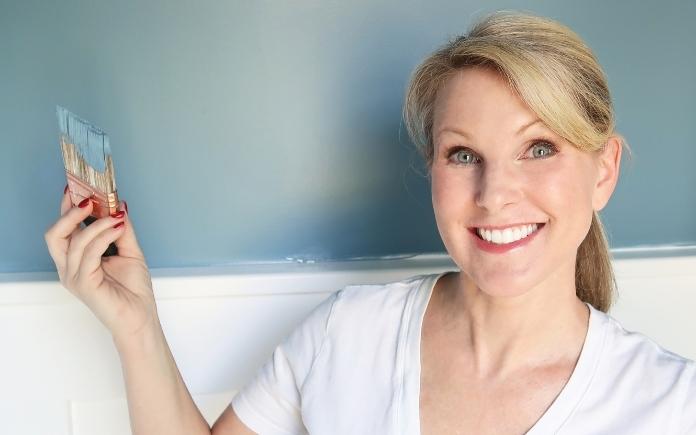
About Tracey Amadio
Tracey Amadio is passionate about painting. She uses expertise from her home improvement career to teach DIY projects, home design, and painting techniques on her website Porchdaydreamer.com.
Tracey’s fans have crowned her the “The Queen of Painting Everything” because there’s nothing she won’t paint!
Her superpower of color memory and long history of color trend analysis is combined to find the perfect paint colors for you.
Her mission is to take the pain out of painting and decorating with her easy-to-understand tutorials.
Tracey was named a 2021 Better Homes & Gardens Stylemaker and her work has been featured in HGTV, Better Homes & Gardens, Good Housekeeping, Country Living, Apartment Therapy and more.
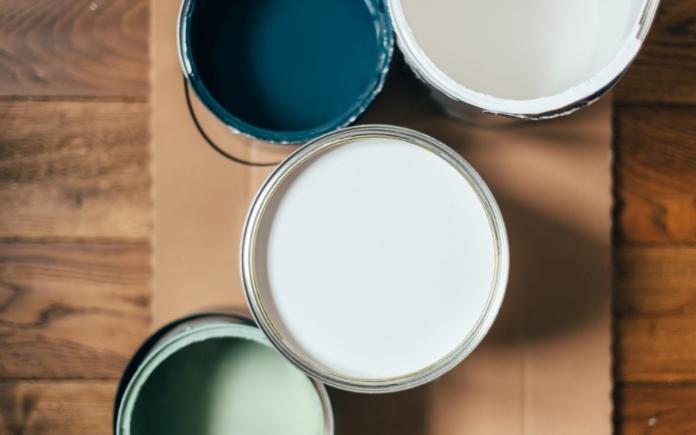
Paint Prices
Why is some paint much more expensive than other brands and types?
Tracey: Price matters… to a point.
Many homeowners only focus on the paint color and don’t think about what’s mixed in with the color pigments. Resins, additives and carriers — like water and oil — are key ingredients that will make paint more expensive.
Higher-quality pigments and resins will make the cost go up, but you’ll have better coverage. The middle price point is the best option to choose.
Remember: Quality perception is dictated by the person who’s using the paint. A professional may want a thinner paint because they’ll be using a sprayer, but a homeowner typically wants a thicker paint because they’ll be covering a wall with another color or painting a piece of furniture.
Spending a little extra on that better paint is going to give you an easier application and fewer brush strokes. Also, the paint will dry to a better, more durable finish.
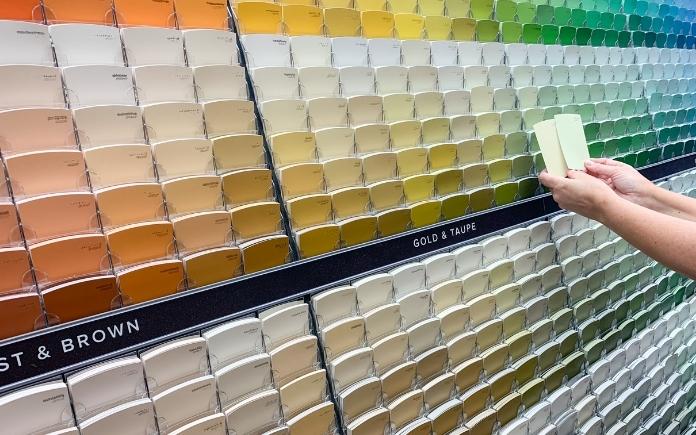
Picking a Color
Can you offer some guidance on how to choose a paint color?
Tracey: When picking a paint color, start with the color you want to base your palette around. It could be a piece of fabric, a rug, a plate, anything that helps you hone onto the color you want.
Take it to the store with you to choose the right paint. Also base it on the amount of light in the room, if it a darker too choose a lighter paint color and sop forth.
I have a free guide you can download. 6 easy steps to picking a paint color.
Also, consider the lighting in the room you’re painting. If you have a dark room, lighter paint, if you have a light room, you can go with a darker paint color, a mid-value paint is going to be best for most people.
After you have an idea of what color you want, buy a foam board and paint it with samples so you can move it around the room to see if it will work for you.
Take your time deciding before you pick a color. See how the color samples look at different times of the day.
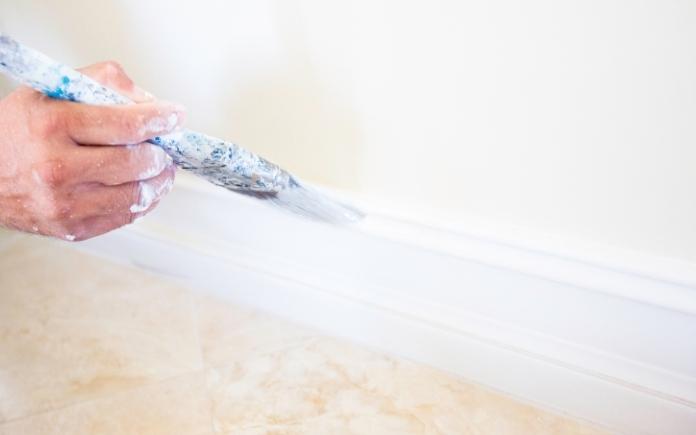
Choosing Sheen
What are the different types of sheen, and how should you pick one?
Tracey: I used to work at a paint desk, and I would often see the “deer in headlights” look when I asked what sheen a person wanted.
Sheen matters! It’s actually more important than color.
There are five types of sheen: flat, eggshell, satin, semi-gloss and high-gloss. To determine what sheen you need, consider the room or project you’re painting.
If you’re painting a ceiling, you want a low-reflective paint to hide any imperfections, especially where the joints match up. A flat sheen is best for this.
For walls, you want a higher sheen, like eggshell. Cooking splatters and accidental spills happen, so you need a finish that’s cleanable.
When you scrub a flat paint, it burnishes it and makes it shiny. Flat paint is great for touchups but not for high-traffic areas where you need scrutability and durability.
The higher the sheen, the harder the paint will be when it dries. I typically recom
mended satin, at minimum, or semi-gloss for trim and molding. These sheens are still wipable but they’re more durable, so they’ll stand up to scuffing and jarring.
I don’t recommend a high-gloss paint. The more reflective a paint is, the more flaws it’s going to show. It’s also hard to apply, so I would leave that to a professional.
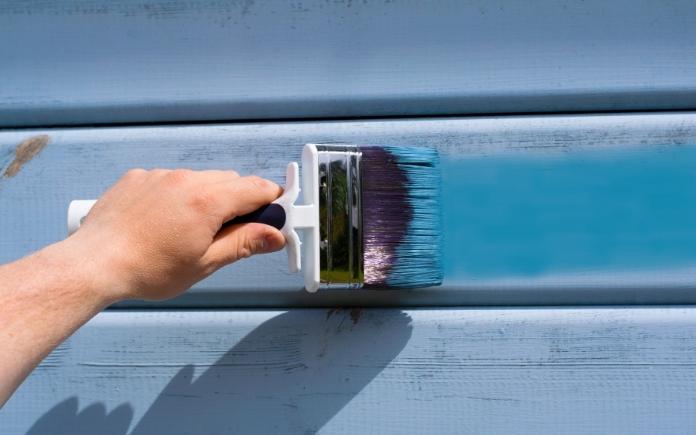
Exterior Painting
What temperature is best for painting a home’s exterior?
Tracey: Most of the time, exterior paint can’t be applied in temperatures under 55-50 degrees Fahrenheit. You want to paint outside when there’s low humidity and the temperature is moderate — between 55-75 degrees Fahrenheit.
Paint has a lot of water in it, so the more water in the air, the longer time it will take the paint to dry. Allow yourself three sunny days, if possible, for the paint to dry.
When painting your home’s exterior, only use paint that’s rated for exterior use. Because exterior paint has to deal with temperature changes once it’s dry, it’s fortified with special resins and pigments for special durability. It can expand and contract to a degree that interior paint cannot.
The best paint for exterior use is acrylic latex. I steer clear of oil paints for the exterior. Oil paint isn’t easy to clean, and if you’re using a white oil paint, it will yellow over time because of the oil in it.
Now, there is oil-enriched enamel paint that is water-based, so it’s easy to clean with soap and water like acrylic latex. This paint has oil molecules suspended within it, and as it dries, those molecules activate to act like oil paint. The end result is a surface that’s hard and durable with all the benefits and flexibility of latex paint.
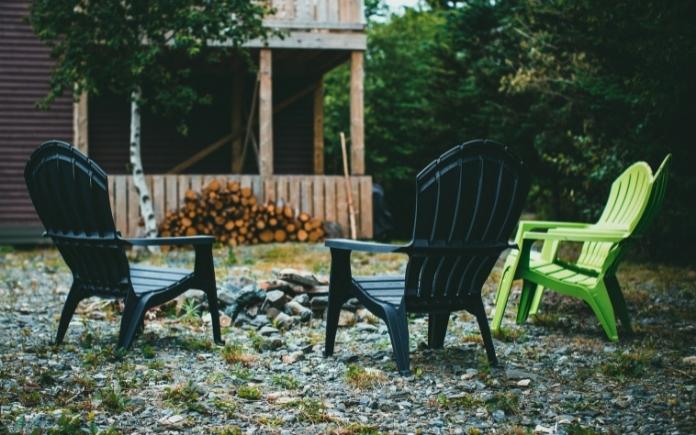
Painting Plastic
How do you paint plastic outdoor furniture?
Tracey: I take a dual approach to painting plastic furniture. Apply a bonding primer spray first, then cover it with a regular spraypaint.
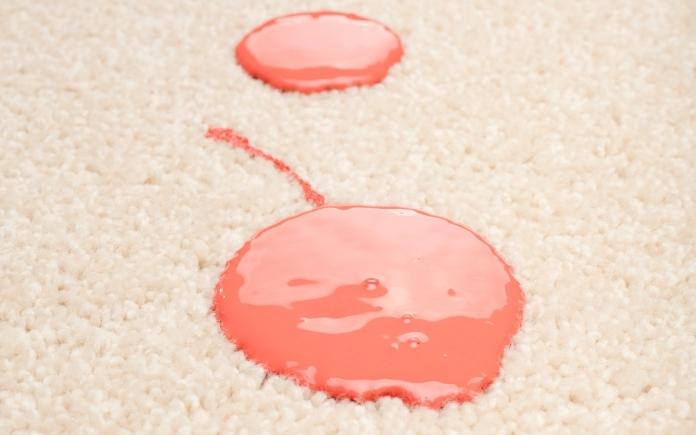
Even Experts Make Mistakes
Tracey: Even though I’m a paint expert, I sometimes go online to see what other people in the painting world are doing.
About a year ago, I decided to paint my stair risers, which were stained and heavily polyurethaned.
One blogger recommended liquid sandpaper, and I thought that could save me a step. I taped off the risers, applied the liquid sandpaper and then painted on top of that.
When the paint was still damp, I pulled the tape off at a 90-degree angle. A full piece of film peeled right off the stair riser, and the entire job was ruined!
I learned a tough lesson: Trust my gut and go with what works. Use a deglosser, then use a bonding primer, then apply the paint.
My paint has stayed put and is vacuum-cleaner proof as well!
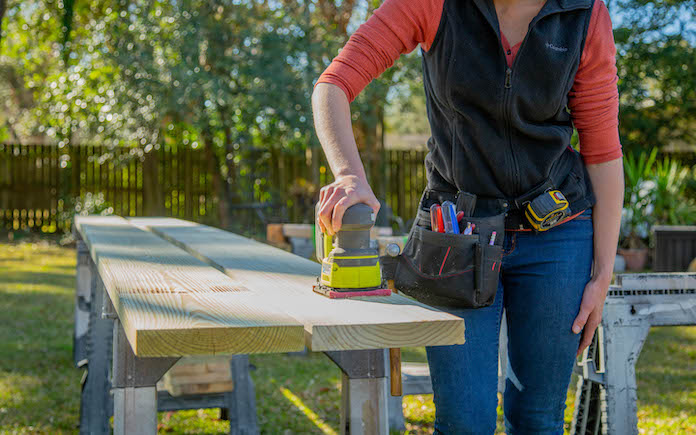
Tracey’s Tips
- Never ignore proper surface preparation. If you do, the paint will come off. Get the surface nice and clean and sand any failing areas.
- Use stain-blocking bonding primer if painting over a stain. If you don’t, the stain will rise up to the surface and create color inconsistencies.
- Pay attention to the re-coat time. A lot of people think dry time and recoat time are the same. Typically, recoat time is longer than dry time. If you don’t wait the proper amount of time recommended by the manufacturer, the paint will stick to itself and never fully dry. You end up with really tacky, sticky paint that’s almost impossible to fix.
